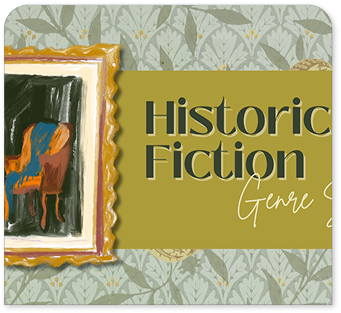-
Mon-Fri: 10AM to 8PM 01722665665
-
My Account
-
-
0
Total :
₹ 0.00

This book is about exploring the environment, with a focus on geography and how we use and manage resources. It helps students understand how resources affect our lives and how we can use them sustainably.
The book covers resources, land, water, natural vegetation, wildlife, agriculture, industries, and human resources.
While the focus is on geography, it also touches on economics (agriculture, industries) and civics (human resources, sustainability), providing a holistic understanding of the environment.
Yes, the book includes real-world case studies to help students grasp the importance of balancing economic growth with environmental sustainability.
Yes, the book is designed for both classroom use and independent study.
The book seamlessly integrates contemporary environmental issues, encouraging students to think critically about the challenges facing our planet today.
The book's comprehensive approach allows for critical analysis of the economic, social, and environmental effects of human actions.
The case studies, practical examples, and focus on environmental issues all aim to link theoretical knowledge to real-world situations and problems.
The textbook covers various types of resources, including natural resources (land, soil, water, natural vegetation, and wildlife), human resources, and man-made resources.
The textbook emphasizes the importance of resource conservation and sustainable development, highlighting the need to balance human needs with environmental protection.
No Description Added
This book is about exploring the environment, with a focus on geography and how we use and manage resources. It helps students understand how resources affect our lives and how we can use them sustainably.
The book covers resources, land, water, natural vegetation, wildlife, agriculture, industries, and human resources.
While the focus is on geography, it also touches on economics (agriculture, industries) and civics (human resources, sustainability), providing a holistic understanding of the environment.
Yes, the book includes real-world case studies to help students grasp the importance of balancing economic growth with environmental sustainability.
Yes, the book is designed for both classroom use and independent study.
The book seamlessly integrates contemporary environmental issues, encouraging students to think critically about the challenges facing our planet today.
The book's comprehensive approach allows for critical analysis of the economic, social, and environmental effects of human actions.
The case studies, practical examples, and focus on environmental issues all aim to link theoretical knowledge to real-world situations and problems.
The textbook covers various types of resources, including natural resources (land, soil, water, natural vegetation, and wildlife), human resources, and man-made resources.
The textbook emphasizes the importance of resource conservation and sustainable development, highlighting the need to balance human needs with environmental protection.


